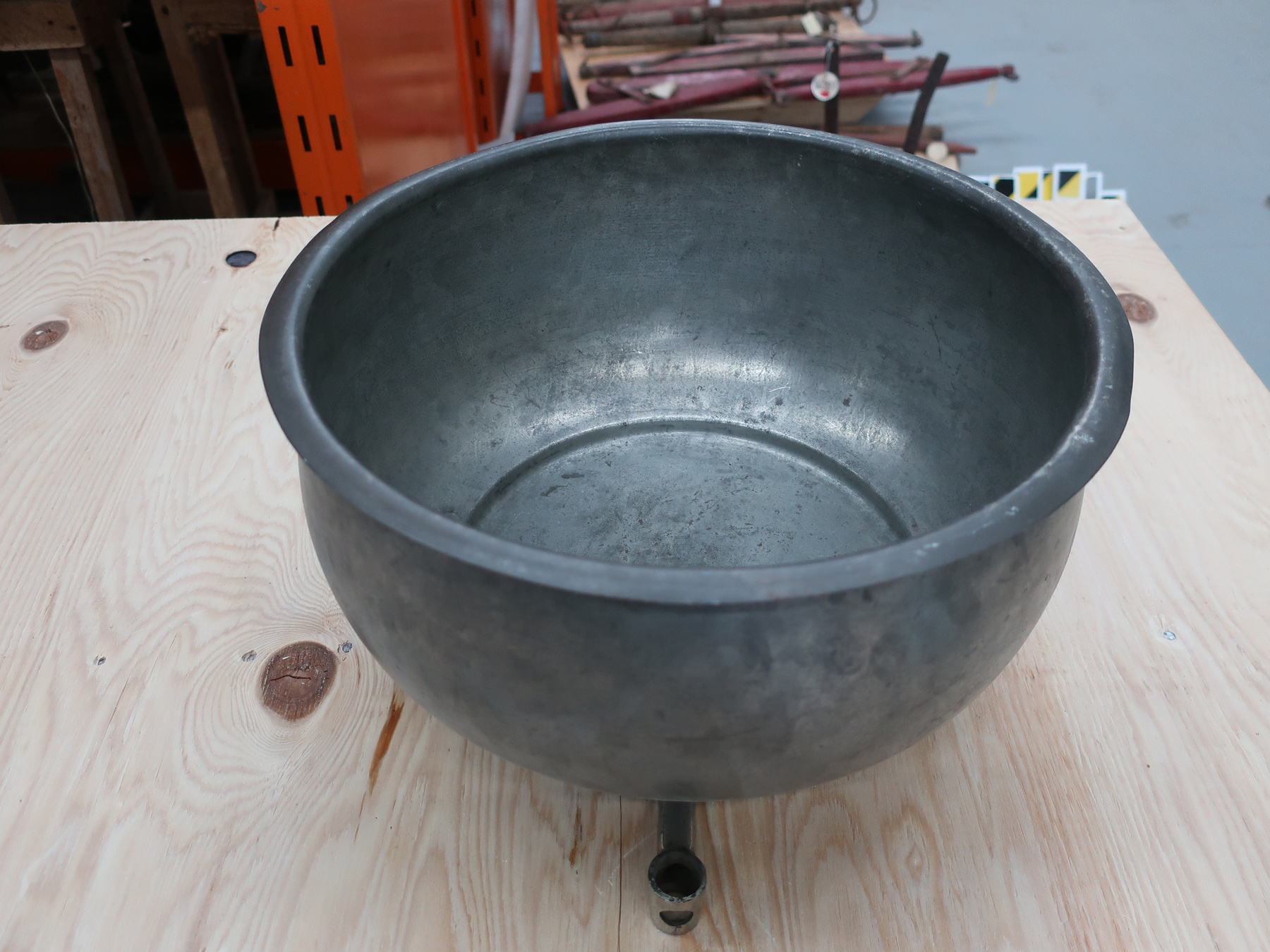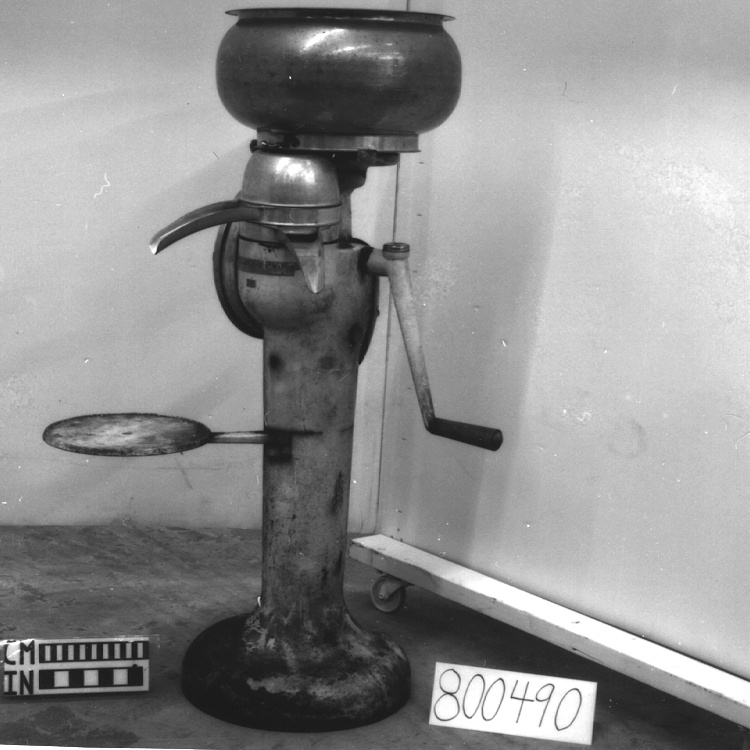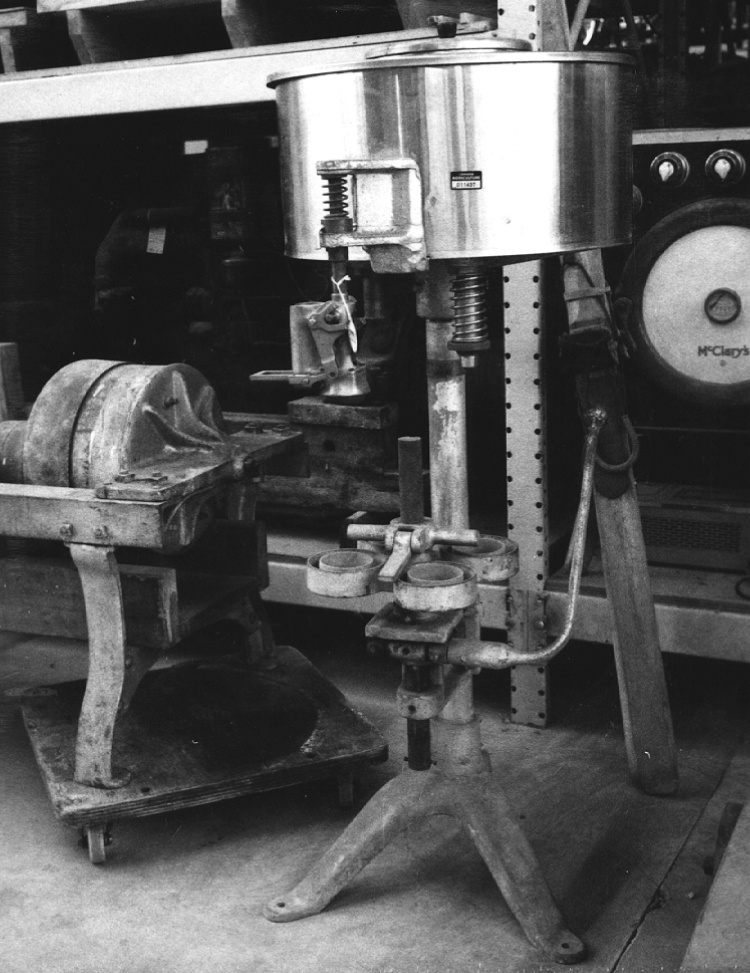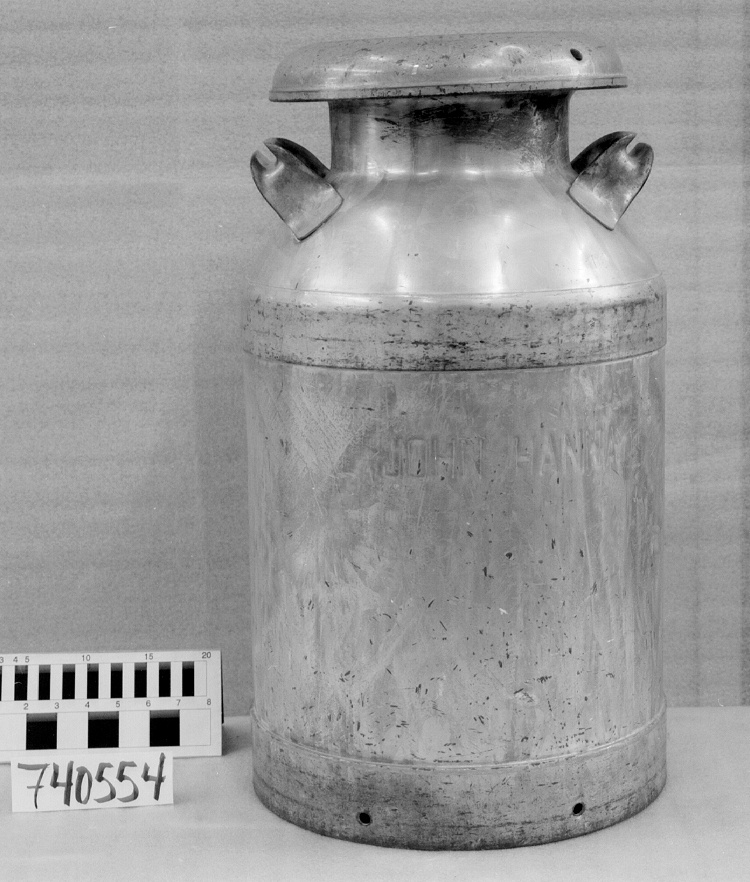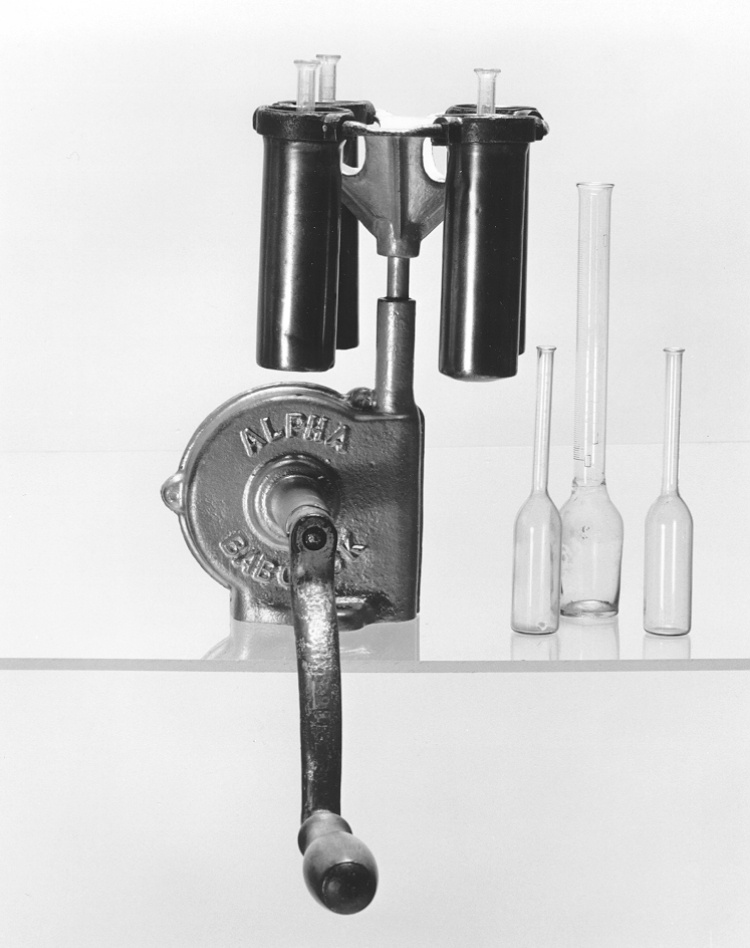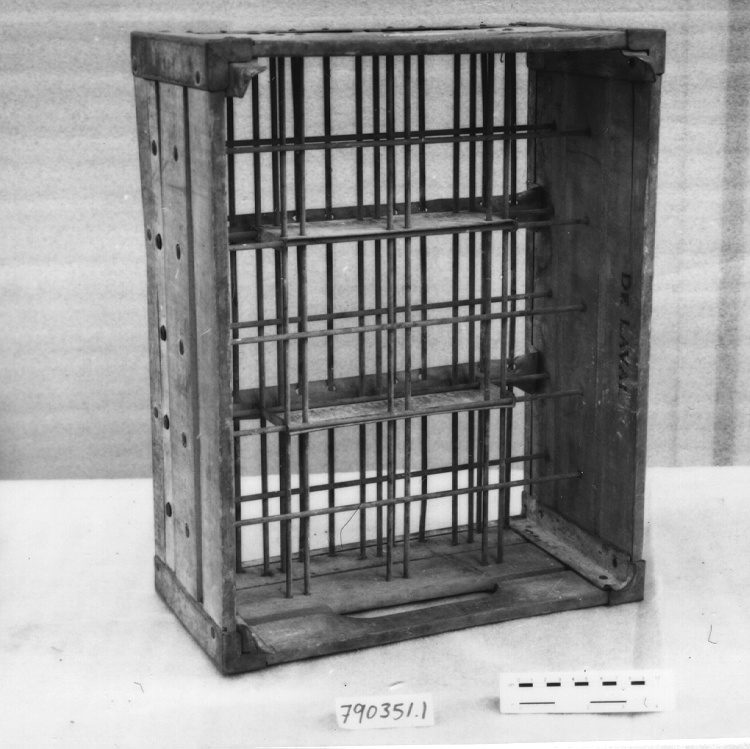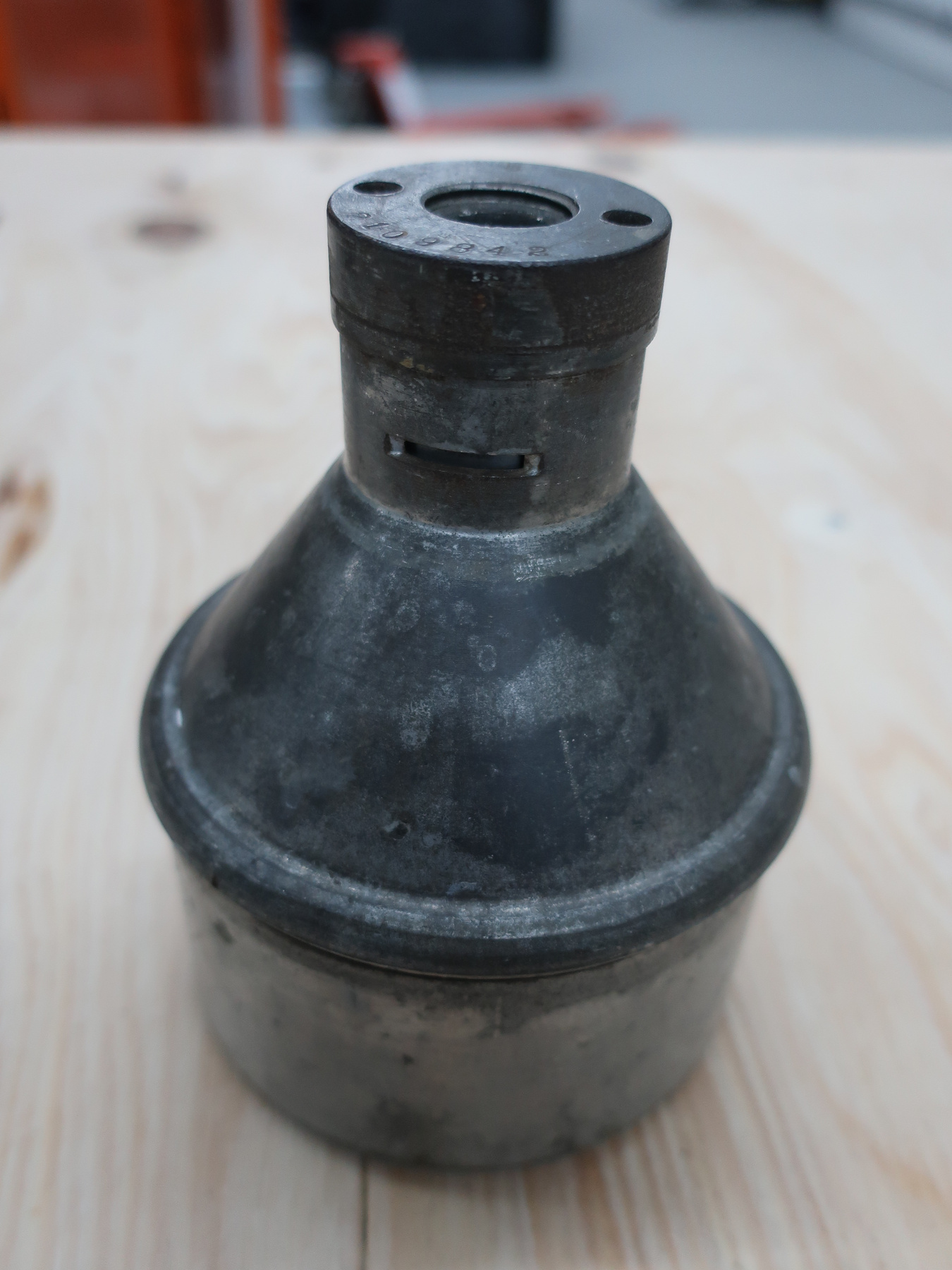Bowl
Use this image
Can I reuse this image without permission? Yes
Object images on the Ingenium Collection’s portal have the following Creative Commons license:
Copyright Ingenium / CC BY-NC-ND (Attribution-NonCommercial 4.0 International (CC BY-NC 4.0)
ATTRIBUTE THIS IMAGE
Ingenium,
1971.0119.002
Permalink:
Ingenium is releasing this image under the Creative Commons licensing framework, and encourages downloading and reuse for non-commercial purposes. Please acknowledge Ingenium and cite the artifact number.
DOWNLOAD IMAGEPURCHASE THIS IMAGE
This image is free for non-commercial use.
For commercial use, please consult our Reproduction Fees and contact us to purchase the image.
- OBJECT TYPE
- N/A
- DATE
- 1920
- ARTIFACT NUMBER
- 1971.0119.002
- MANUFACTURER
- Unknown
- MODEL
- 5
- LOCATION
- Unknown
More Information
General Information
- Serial #
- 2109842
- Part Number
- 2
- Total Parts
- 9
- AKA
- N/A
- Patents
- N/A
- General Description
- METAL
Dimensions
Note: These reflect the general size for storage and are not necessarily representative of the object's true dimensions.
- Length
- N/A
- Width
- N/A
- Height
- N/A
- Thickness
- N/A
- Weight
- N/A
- Diameter
- N/A
- Volume
- N/A
Lexicon
- Group
- Agriculture
- Category
- Dairying
- Sub-Category
- N/A
Manufacturer
- AKA
- Unknown
- Country
- Unknown
- State/Province
- Unknown
- City
- Unknown
Context
- Country
- Unknown
- State/Province
- Unknown
- Period
- Unknown
- Canada
-
This separator, the Etonia Red 5, was sold through the Eaton's catalogue. Continuous centrifugal cream separators, developed in Europe and introduced to Canada in the 1880s, transformed dairying. Early machines had to be stopped to remove the seperated cream and skim milk. In 1878, Gustav De Laval of Sweden developed a continous flow cream separator featuring an airtight bowl that contained the milk and that rotated at high speed. Centrifugal force moved the skim milk to the outside of the container, leaving the lighter cream in the centre for removal while the machine was in operation. Hand operated cream separtors began appearing on Canadian dairy farms in the 1890s and their operation became part of the daily routine of farm women and children for many decades. Farm separtion of cream ensured that farmers for full value for the butterfat prodcution of their dairy herds, while the separators higher butterfat yields stimlated the growth of creameries. - Function
-
TO SEPARATE CREAM FROM MILK BY APPLICATION OF A CENTRIFUGAL SYSTEM - Technical
-
This separator uses conical metal discs, a refinement introduced to the centrifugal separator by De Laval in the 1890s. This innovation so increased efficiency that only 0.05% of fat remained in the skim milk. - Area Notes
-
Unknown
Details
- Markings
- MFR'S SERIAL NUMBER ON BOWL & BOWL NUT READS: '2109842'
- Missing
- From CA of 07/02/1997 by Pat Montero: No - Complete
- Finish
- PLAIN METAL FINISH
- Decoration
- N/A
CITE THIS OBJECT
If you choose to share our information about this collection object, please cite:
Unknown Manufacturer, Bowl, circa 1920, Artifact no. 1971.0119, Ingenium – Canada’s Museums of Science and Innovation, http://collection.ingeniumcanada.org/en/id/1971.0119.002/
FEEDBACK
Submit a question or comment about this artifact.
More Like This


